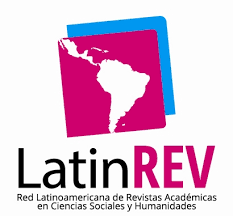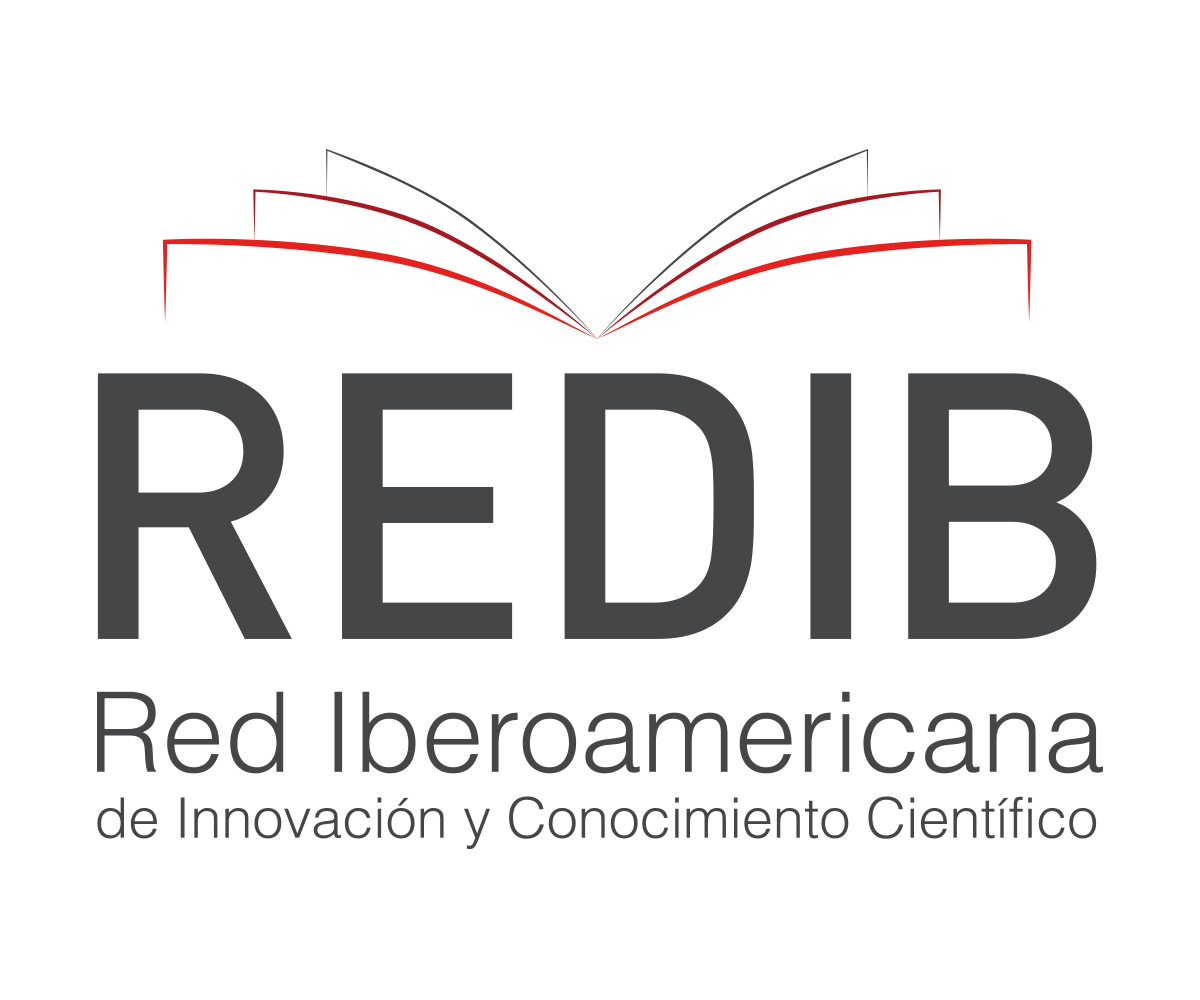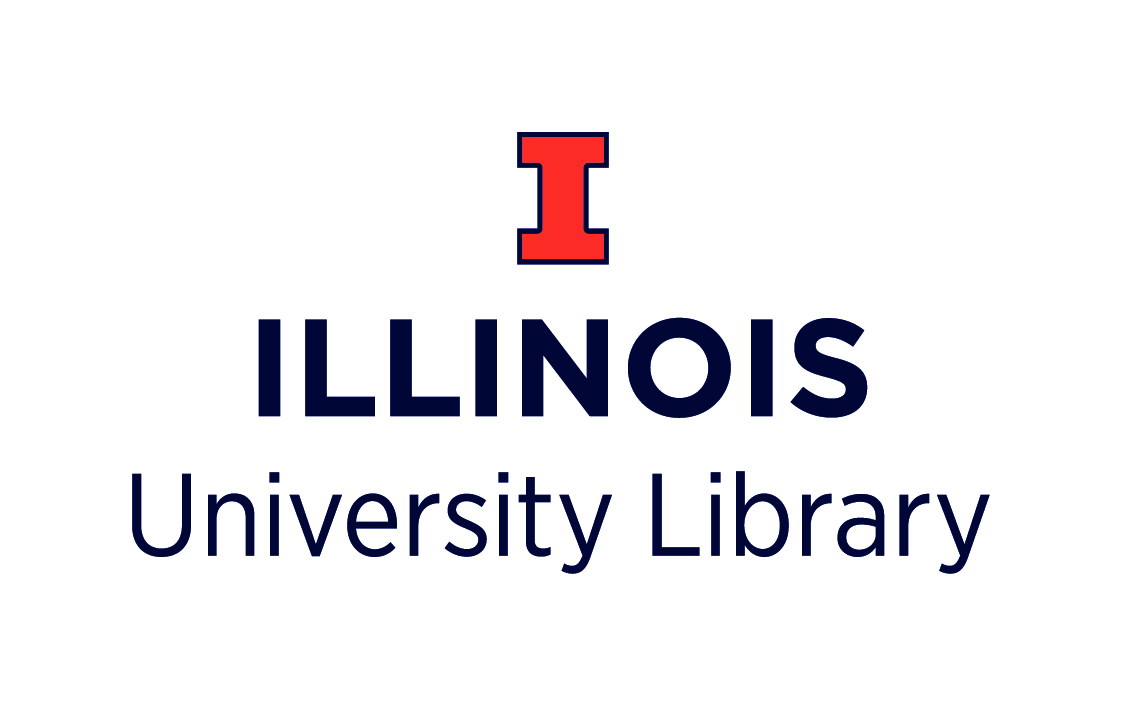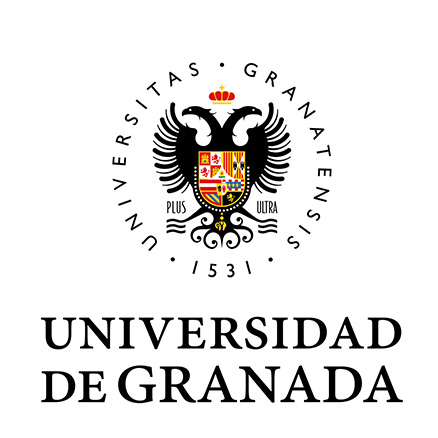Contents, didactic resources and educational practices in the historical process of Mexico
DOI:
https://doi.org/10.5281/zenodo.8200387Keywords:
Teaching, Didactics, Schools, HistoryAbstract
Education has been very important for society, and it has evolved since pre-Hispanic times where the methodology used has been adapted to meet the needs that society required at the time. At first the most important thing was the worship of the gods as well as instructing them in the work that according to their social position they had; With the arrival of the Spanish, the important thing was to evangelize, so only Christian doctrine, reading and writing were taught. With the passing of the years, education became important in New Spain where the first experiences were with the friends of the neighborhood who was an elderly woman who taught the monotonous studies of the syllabary with the primer, then began with education in the first letters. Subsequently, society required people prepared to satisfy the basic needs that society presented, more effective methods were sought to carry out the economic activities of the country, for which the creation of 4 specialized institutions was promoted: The School of Surgery, The academy of fine arts, the Botanical Garden and the Mining College that served as an antecedent for the following periods of history that they took as a reference to promote the development of the Mexican educational system.
Metrics
References
Alva Ixtlilxóchitl, F. (1985). “Discursos a las mujeres dedicadas a los templos”. En P. Escalante, (Antolog.) Educación e ideología en el México Antiguo (págs. (44-49)). México: SEP / El caballito (Biblioteca Pedagógica).
Gonzalbo, P. (1985). El orden que los religiosos tienen en enseñar a los indios la doctrina, y otras cosas de policia cristiana . En P. Gonzalbo, El humanismo y la educacion en la Nueva España (págs. 37-47). México: SEP/ El Caballito.
-. (1985). Ordenanzas del nobilísimo arte de leer, escribir y contar. En -, El humanismo y la educacion en la Nueva España (págs. 137-143). Mexico: SEP/ El Caballito.
Kobayashi, José María (1985),”La educación en la nueva españa en siglo XVI”. En educación como conquista. México. Colegio de México
Landa Fray, D. (1985). “Educación de la mujer entre los indios de Yucatán”. En P. Escalante, (Antolog.) Educación e ideología en el México Antiguo (págs. 64-68). México: SEP / El caballito (Biblioteca Pedagógica).
León Portilla, M. (1958). “El concepto Náhuatl de la educación”. En Siete ensayos sobre cultura náhuatl (págs. 190-204). México: UNAM.
López Austin, A. (1996). “La enseñanza escolar entre los Mexicas”. En M. Bazant, Ideas, Valores y Tradiciones. Ensayo sobre Historia de la Educación en México (págs. 29-30). México: El colegio Mexiquense.
Mendieta, F. G. (1985). “Crianza y discursos didácticos a los hijos”. En A. L. Austin, Antolog. La educación de los antiguos nahuas I (págs. 190-204). México: SEP/El caballito .
Tanck de Estrada, D. (1977). “La vida Escolar”. En T. d. Dorothy, La educación ilustrada 1786-1836. Educación primaria en la ciudad de México. México: El Colegio de México.
-. (1996). Enseñanza y nacionalismo inetelctual al final de la colonia”. En M. Bazan, (Coord.) Ideas, valores y tradicones. Ensayos sobre historia de la educación en México. Mexiquense.
Published
How to Cite
Issue
Section
License
Copyright (c) 2023 Universita Ciencia

This work is licensed under a Creative Commons Attribution-NonCommercial-ShareAlike 4.0 International License.
This journal adheres to the Creative Commons license in the definition of its policy of open access and reuse of published material, in the following terms:
- Accessibility to articles and other publications in whole or in part under the concept of copying, distribution, public communication , interactive access (through the Internet or other means), explicitly maintaining the recognition of the author or authors and the journal itself (authorship acknowledgment).
- Warning that if the articles are remixed, modified or fragments used in other creations, the modified material cannot be distributed, nor is it allowed to reconstruct versions from the original published articles (derived works).
- The use of the contents of the published articles, in whole or in part, for profit (non-commercial recognition) is prohibited.
The author retains copyright, transfers or grants exclusive commercial rights to the publisher, and a non-commercial license is used.














